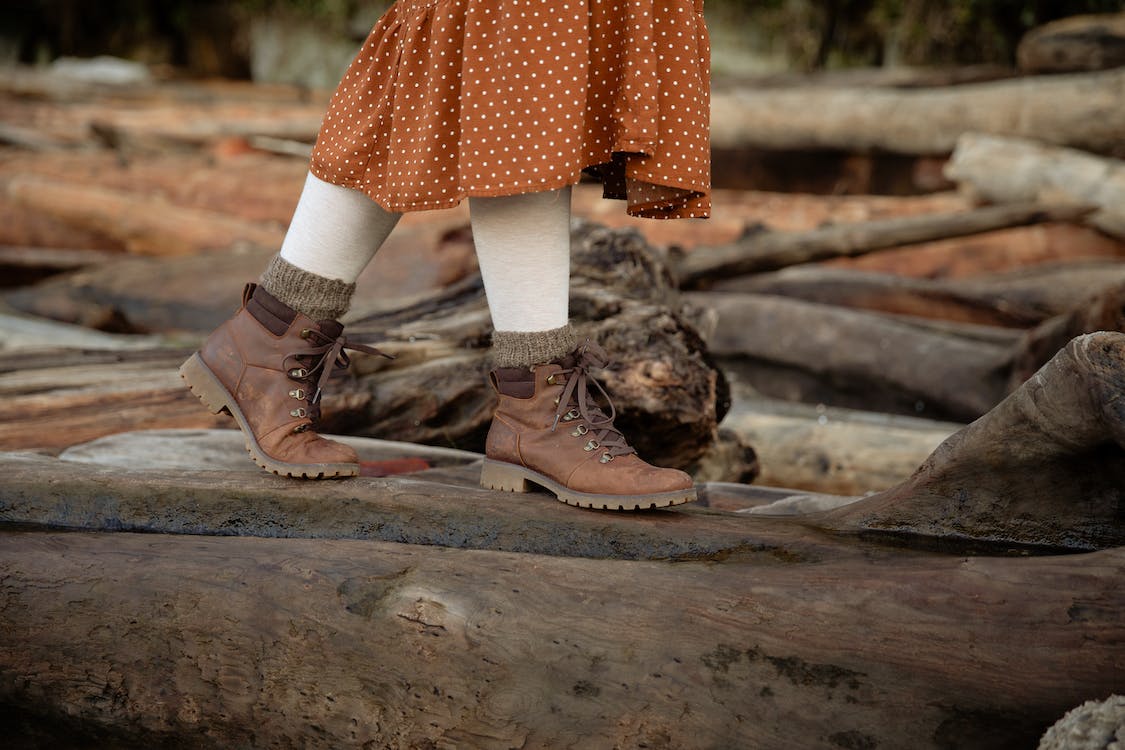The changing of the seasons brings about the emergence of an entirely new color spectrum. When the leaves turn crimson, orange, and yellow in the fall to represent the changing landscape, we begin to layer up in warm hues. However, have you ever wondered why some colors seem to complement the frigid weather more so than others? In this case, the concept of the “warm color season” is appropriate. This article will define the warm color season, discuss its significance, and discuss how you may use it to guide your decisions about your wardrobe and home decor.
Warm color analysis: Is this the color scheme you prefer?
Understanding your natural color and reflecting it in the colors you wear are the first steps to looking your best. Translate it even further into the hues you choose for your cosmetics and hair.
When wearing hues with a Golden or Yellow undertone that complements your Warm golden coloring, you will always look your best if you are Color Analysis WARM.
Cool colors with a blue undertone might give you very sallow, even grey skin. Your color scheme and direction are WARM.
Warm season
Warm seasons (Spring or Autumn) have darker hair and skin tones with toasty, golden undertones. Your eyes could be as dark as green, brown, or hazel, but they might also have a golden glint. Warm season color schemes will be subdued, but neither dark nor pastel, and will have a warm tone. Although the neutral brown foundation of both warm seasons is similar, the spring palette features vibrant spring colors in their hottest tones.
Color palette
Light Summer
You most likely have the following traits if you are a Light Summer:
- Hair: Lightly tinted hair, such as strawberry blonde or light to medium ash blonde.
- Skin: The undertone of skin is neutral, neither warm nor cold, however, it may have a faint pink tinge.
- Blue or green eyes
For your ethnicity, bright seasons (Spring or Summer) have light hair, light skin tone, and occasionally a pink tint. Additionally, the color of your eyes will be light or vivid, such as blue, green, or light brown. Light season color schemes are understated yet not dark. In contrast to muted colors, which seem darker than their original color, light colors are diluted with white and look more pastel. As opposed to overpowering it with harsh or dark hues, the light colors enhance your light overall color.
Soft Summer
The following qualities are most likely present in Soft Summers:
- Hair: Ashy medium to dark brown
- Skin: Light to dark brown skin with neutral undertones
- Eyes: Gray, blue, and hazel eyes
There is minimal distinction between their hair and skin tone in the soft seasons (Summer or Autumn). You will most likely have undertones that are neither warm nor cold but depending on what you are wearing or on special occasions, you could tilt one way or the other. You are a chameleon! The most attractive hues in your color scheme are soft but not pastel.
Cool Summer
The following qualities are most likely present in Cool Summers:
- Hair: Ashy Brown, medium to dark
- Skin: The tones of skin vary from light beige to dark brown and have a cool undertone.
- Eyes: Blue or gray eyes
Cool seasons (Summer or Winter) depend more on the overall undertone of these three factors than on the contrast or lack of contrast between skin, hair, and eye color. Their complexion, hair, and eyes will all have a chilly or blue undertone if it is a cool season. A medium tone of the colors in your season is ideal to contrast and complement your undertones. Pastel or light-colored hues are not appealing on cool-season types. Avoid warm tones, but do not be afraid to explore slightly deeper colors than what is on your palette.



